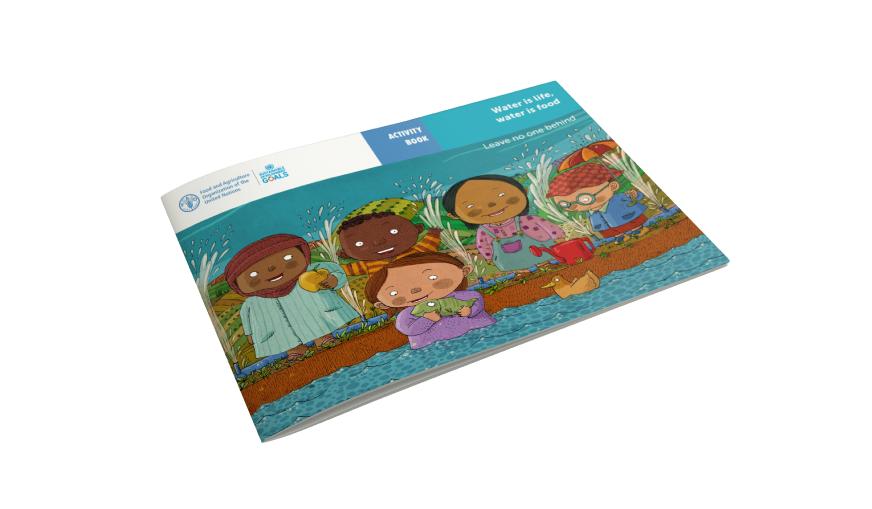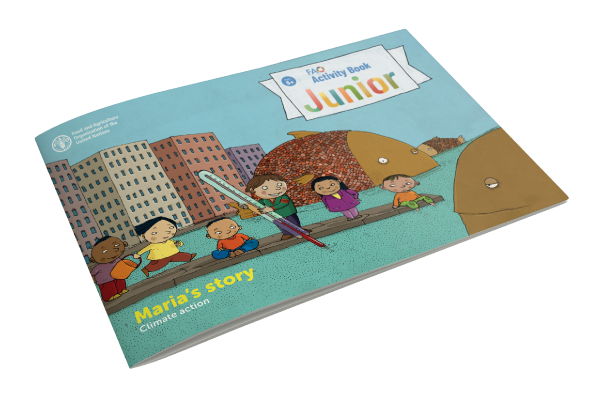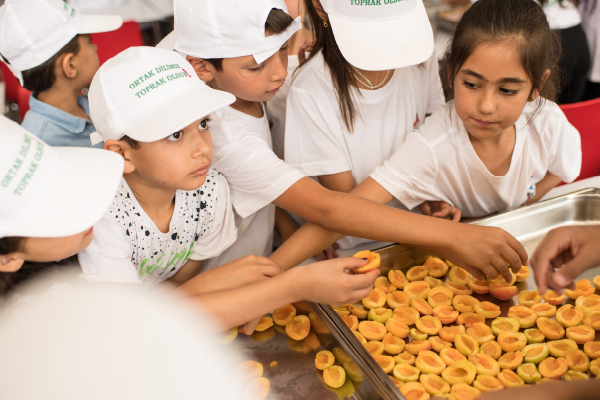During this special event, youth engaged in a cross-cultural conversation calling for water action for food. They were joined by the renowned chefs Max Mariola, Bela Gil, Fatmata Binta and Anahita Dhondy, FAO Goodwill Ambassadors Diarmuid Gavin from Ireland and Rodrigo Pacheco from Ecuador, influencers and advocates, and many more for an inspiring day filled with stories, music, art, the launch of the new music video "Water is life, water is food". The event also featured messages from water heroes around the world and a live performance by the multicultural Piccola Orchestra di Tor Pignattara and friends.
Watch the live webcast now!
This year, your creativity was out in full force! Come and explore the winning posters.
"Water is life, water is food" explores the ways this precious natural resource is important for food and for all of nature. Global challenges such as a growing population, global warming and an increase in the production of goods and services threaten our water supply. If we wish to safeguard water reserves, we must begin with farming and the food system as a whole.

FAO’s Activity Book Series offers children a chance to engage with global issues in a fun and educational way.
Take your young ones on an enriching journey of discovery with our new captivating activity books, specially designed for youth aged 5 and above. Explore global issues, empower and nurture their sense of empathy and curiosity as you navigate these big concepts together. This edition of activity books is meant as a learning exercise to inspire the young minds of tomorrow to take action and create a brighter future.

Read the first book of the new edition, "Climate action. Maria's story" with your young ones and embark on an inspiring adventure to a coastal fishing community.
Together, you can discover practical ways to make a difference in our changing climate.
Making sure that school meals follow nutrition guidance and are enjoyed by all students is not always an easy task, but a very important one. After all, not only are healthy diets crucial for children's development and wellbeing, but the enjoyment of food is part of the right to food too.


FAO’s Group Visits team is eager to meet you! Visit the group visits website to discover our tours and multimedia experiences. Whether in-person or online, learn about the Organization’s work to achieve food security, sustainable agriculture and affordable healthy diets for all.
There’s more! Get to know FAO through new multimedia experiences. Download our interactive web Apps, like Discover FAO, see thematic exhibits and videos, and read youth activity books on global issues from anywhere around the world.